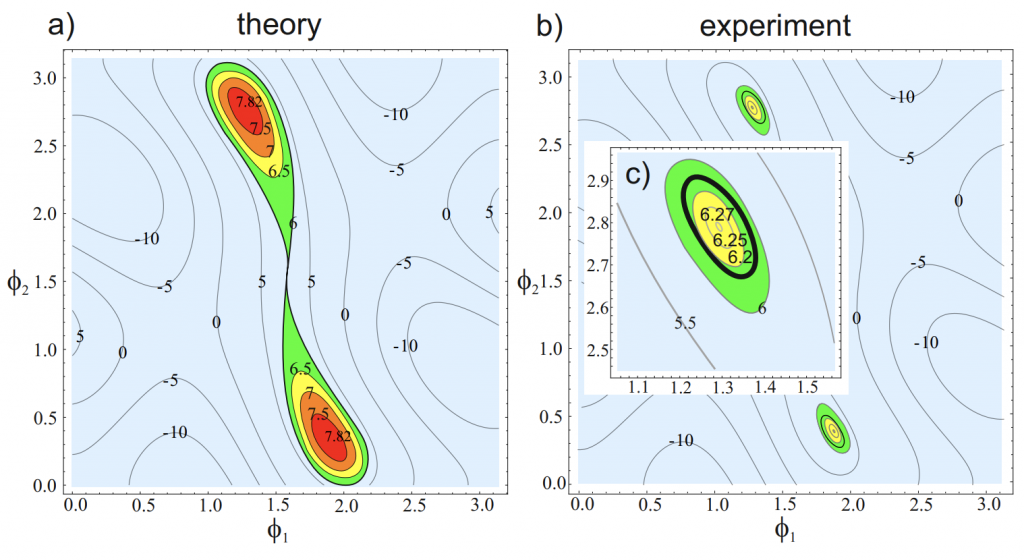

Prof. Tomasz Paterek, along with colleagues from the University of Gdańsk in Poland, LMU Munich in Germany, and MTA Debrecen in Hungary, has published work titled “Unmasking the polygamous nature of quantum nonlocality” in the prestigious journal Proceedings of the National Academy of Sciences USA. This research offers new insights into quantum entanglement, a phenomenon unique to the microscopic world.
From birth, we experience a diverse world and intuitively develop an understanding of its workings. Objects around us have specific properties, and we can typically predict their behavior. However, the quantum world challenges this classical view of reality, introducing phenomena that cannot be explained through traditional physics. A prominent example is the violation of Bell inequalities, a phenomenon for which the Nobel Prize in Physics was awarded in 2022.
In the simplest terms, Bell inequalities place limits on the correlations measured between pairs of particles. When these inequalities are violated, it implies that no classical model can fully explain the observed measurements. Historically, researchers noted intriguing restrictions on the simultaneous violation of multiple Bell inequalities. For instance, with three particles, only one of the three possible inequalities (each defined for a pair of particles) could be violated. In larger systems, some inequalities were observed to always remain unviolated. Additionally, in specific contexts, a relationship was observed between Bell inequality violations and fundamental physical laws, such as the principle that information cannot travel faster than the speed of light. These findings led to the concept of “Bell monogamy,” which posits that it is impossible to violate Bell inequalities across all subsets of n particles simultaneously.
The new research shows that the principle of Bell monogamy does not hold if sufficiently many particles are considered. We have developed new Bell inequalities and identified particular quantum states and measurements that allow for violations across all relevant subsets of four or more particles. These theoretical predictions were experimentally confirmed on entangled photon systems in the group of Prof. Weinfurter at LMU. The findings deepen our understanding of the fundamental nature of reality and hold promising applications for quantum technologies, including rigorous testing of quantum devices and efficient remote computations with minimal communication.
Link to the article: www.pnas.org/doi/10.1073/pnas.2404455121
Link to arXiv: https://arxiv.org/abs/2312.04373
